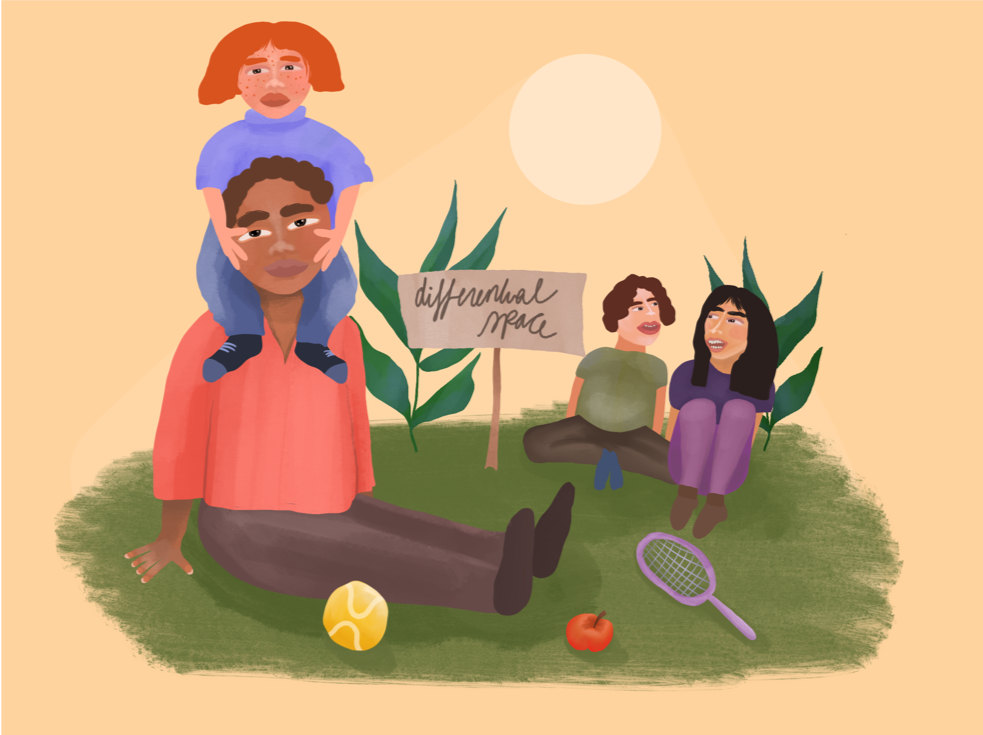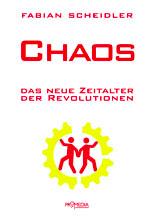The following text is a repost of an open letter to the mayor of Barcelona, Ada Colau, setting out a manifesto for a reorganisation of the city in response to COVID-19. The manifesto currently has over 1600 signatures. Visit the manifesto website for more details and to add your signature: manifiesto.perspectivasanomalas.org/en
The COVID19 pandemic and the experience of confinement have made evident the urgent need for deep change in the organisation of the city. In order to address future pandemics, and respond proactively to the serious climate crisis affecting the planet, all commodification of the city must be replaced with the centrality of life in all its forms without delay.
Dear Mayor,
We are writing to you to express our serious concerns for the future of the city following the tragic experiences of the pandemic. We need the city to have the ability to prepare effectively for a post-COVID19 future. We need a city that can confidently face other adverse events that affect health and wellbeing not least in relation to the climate crisis, which is a problem that particularly concerns us.
The period of confinement due to COVID19 has had a dramatic impact both in terms of personal health and socially. It has revealed serious structural problems in the way this city has been organised, all of which have exacerbated the effects and impacts of the epidemic on people’s living conditions.
Barcelona is one of the most polluted cities in Western Europe and fails to comply the (undemanding) European legislation. Prominent scientific studies link COVID19 mortality to the levels of air pollution. A recent study of the University of Harvard indicates that just a 1 microgram/m3 increase of PM2.5 would produce, after long-term exposure, a 15% increase of the COVID19 mortality. Another recent study published by the New England Journal of Medicine confirms the increase of mortality resulting from a short exposure to particulate matter (PM10 and PM2.5). With respect to the climate crisis, the CO2 concentration has reached a level of 416ppm. These alarming trends must promote urgent and drastic actions. We must act now in order to significantly reduce the pollution and the emission of greenhouse gases in the shortest conceivable time.
During the state of alarm and the period of subsequent confinement both air and noise pollution significantly declined. This was largely due to the fall in private transport [cars and motorbikes]. The absence of motor vehicles has also had other hugely positive impacts. This, together with the return of nature to the city and the total absence of tourism have created beneficial conditions for everyone, with particular emphasis on the re-appropriation of the street and the possibility of developing children’s play in the city that could take place after the end of the confinement.
On the other hand, we are witnessing an increase of inequality, which the epidemic has amplified and made visible. The most vulnerable people are seeing their precariousness, already increased by 2008 economic crisis, now in total collapse. An increasing number of families are not able to cope with the payment of rental charges. This was already a reality before the epidemic, due to the prices inflated by the presence in the city of investments funds (vulture founds), which acted in ways that served to artificially regulate the market. Thousands of people in Barcelona don’t have a home, a reality that prevented them not only defending themselves from the epidemic during the confinement, but also, more generally, will prevent them reorganising their life effectively after the epidemic. We have lost a generation: the elderly people who have died mainly in care homes. We have lost our past because in the neoliberal society people, once they no longer produce, are seen as a problem and a burden to society instead of being considered the holders of memory.
Finally, the pandemic could produce a society of control that must be opposed decisively, guaranteeing personal and collective freedom.
The post-COVID19 is a unique opportunity to carry out the necessary measures —permanent— to give the city back to its people, reorganise transport and mobility, (re)naturalise and decommodify the city, and promote degrowth. The present Manifesto has been created due to the urgency of producing deep structural change in the organisation of the city in order to substitute the current commodification of the city, its inhabitants and nature with the defence of life in all its forms, ensuring equal opportunities. It is based on four key elements:
- - Reorganisation of mobility
- - (Re)naturalisation of the city
- - Decommodification of housing
- - Degrowth
We demand that the following measures be urgently undertaken in order to:
REORGANISATION OF THE MOBILITY, DRASTIC REDUCTION OF POLLUTION, RE-APPROPIATION OF THE STREET
- - Drastically and immediately reduce the use of the private car and motorbikes in the city, with the goal of reducing pollution significantly and in the short term [in particular the levels of NO2, SO2, PM10, PM2.5, O3], keeping it at all times below the limits identified by the WHO and significantly reducing noise pollution in the city.
- - Focus urban mobility on the bike, offering each person state aid to buy a bike, conventional or pedal assist (pedelec), including cargo bikes. Aids will be substantially increased for households who do not own a motor vehicle (car, motorbike, etc.). To organise bike-parking facilities in every street. To expand the existing public bicycle system.
- - Organise in the shortest conceivable time a highly efficient and clean public transport network that reaches all parts of the city and the metropolitan area. To offer a symbolic yearly fee for the whole urban and suburban network (excluding tourists) or free urban and suburban transport for residents.
- - Implement temporary measures to maintain physical distancing (2 metres), dedicating the roads to people and keeping the bike lanes. Following these temporary measures, the entire city must be progressively pedestrianised, inverting the ‘sidewalk’ concept. Instead of being the only part of the street dedicated to people, the new sidewalks will be the only part of the street not dedicated to people: specifically they will be the lanes dedicated to public transport, emergency transport, delivery of goods (mainly with cargo bikes and, partially, with compact electric-powered vans) and private transport for people with reduced mobility. In every street there will be a bidirectional bike lane to separate bikes from pedestrians.
- - Favour children’s play in the streets and squares. Instead of artificially organising dedicated play’s areas, it is necessary to guarantee the conditions for the important educational function of street play.
- - Limit the noise in the city due to transport. Electrify all municipal vehicles, especially refuse collection vehicles in order to reduce, both pollution and noise in the city. Regarding the private electric vehicle, we believe that it is not the solution to environmental problems. State aid are intended, as said before, to the purchase of bicycles, the only private vehicle able to solve urban mobility problems and reduce energetic consumption.
(RE)NATURALISATION OF THE CITY TO GUARANTEE HUMAN HEALTH AND WELLBEING AND INCREASE URBAN BIODIVERSITY
- - Significantly increase the area dedicated to urban green spaces, in order to reach in the short term the levels of other European cities (25-30 m2/inhabitant), then increasing it considerably. Besides absorbing pollutants and CO2 and thereby help fight against climate crisis, the presence of nature in the city in significant quantities ensures physical and emotional wellbeing, which increases immune defences. Moreover, nature in the city offers important educational opportunities for the development of children.
- - Plant tree canopies , creating large areas of shadow in order to regulate microclimate (a study of the University of Wisconsin indicates that to achieve the maximum benefit the leaf cover needs to reach the 40% of the area of each block).
- - Drastically reduce the amount of asphalt, substituting it for porous materials which allow water filtration into the soil and, most of all, leaving large portions of soil in squares and streets, in order to regulate microclimate, to absorb heat and to restore our relationship with soil in the city. We need cities which allow us to restore our relationship with water and soil following the slow rhythm of plants.
- - Use urban voids for the creation of green areas without asphalt and community or private vegetable gardens, offering financial aid for their creation.
- - Reduce light pollution throughout the city, an element that would have beneficial effects on health.
-
- Increase biodiversity, both vegetal and animal, creating urban ecosystems. Plan ecological corridors. Deeply (re)naturalise the city.
- - Renaturalise the Besos and Llobregat rivers, making them natural areas of reference for the city.
- - Create areas that offer water to the animals that inhabit the city.
- - Plant trees that feed and attract birds.
- - Create maintenance-free areas in urban parks.
- - Plan high-quality drinking water sources throughout the city (so that in every place people have a public fountain within one hundred metres) in order to drastically reduce, and then eliminate, the sale of bottled water.
DECOMMODIFICATION OF HOUSING
-
- Comply with Article 47 of the Spanish Constitution: All Spaniards have the right to enjoy decent and adequate housing. The public authorities shall promote the necessary conditions and establish appropriate standards in order to make this right effective, regulating land use in accordance with the general interest in order to prevent speculation. In order to comply with the article the following measures are essential:
- - To guarantee that every person, without exclusion, can have a home in the shortest conceivable time. To apply the Finnish Housing First Having individual housing is essential to be able to feel the necessary peace and quiet to reorganise one’s own life.
- - Not only to limit, but also to reduce the current rental prices (also to avoid any possible green-gentrification phenomenon), currently inflated by the presence of investment funds.
- - Drastically reduce the number of tourist apartments, returning them to the rental housing stock.
- - Encourage public housing, drastically increasing its presence in the rental housing stock.
- - Guarantee that every elderly person can continue to live in their home, receiving the domiciliary care services allowing them to keep their independence. Care homes are not the solution: it is necessary to offer people affordable, respectful and high-quality domiciliary care services necessary for an active social life.
DEGROWTH
- - Encourage economic degrowth through drastic reduction of consumption. To encourage the social and local economy , the cooperative economy, the small shops, etc..
- - Eliminate cruise ships, because are the key to the massive influx of tourists and they are a significant source of environmental pollution.
- - Maintain the current dimensions of the airport, preventing further enlargement and encouraging its reduction.
- - Stimulate touristic degrowth.
- - Reject the construction of new museums (for example, the new Hermitage museum), whose main goal is to increase business in the tourism sector and to contribute to the commodification of the city.
- - Seriously promote the reduction of energy consumption in buildings, both public and private, and the reuse of construction materials.
- - Eliminate any investment to promote the ‘Barcelona brand’, strongly opposing the commodification of the city, of its inhabitants, of nature.


